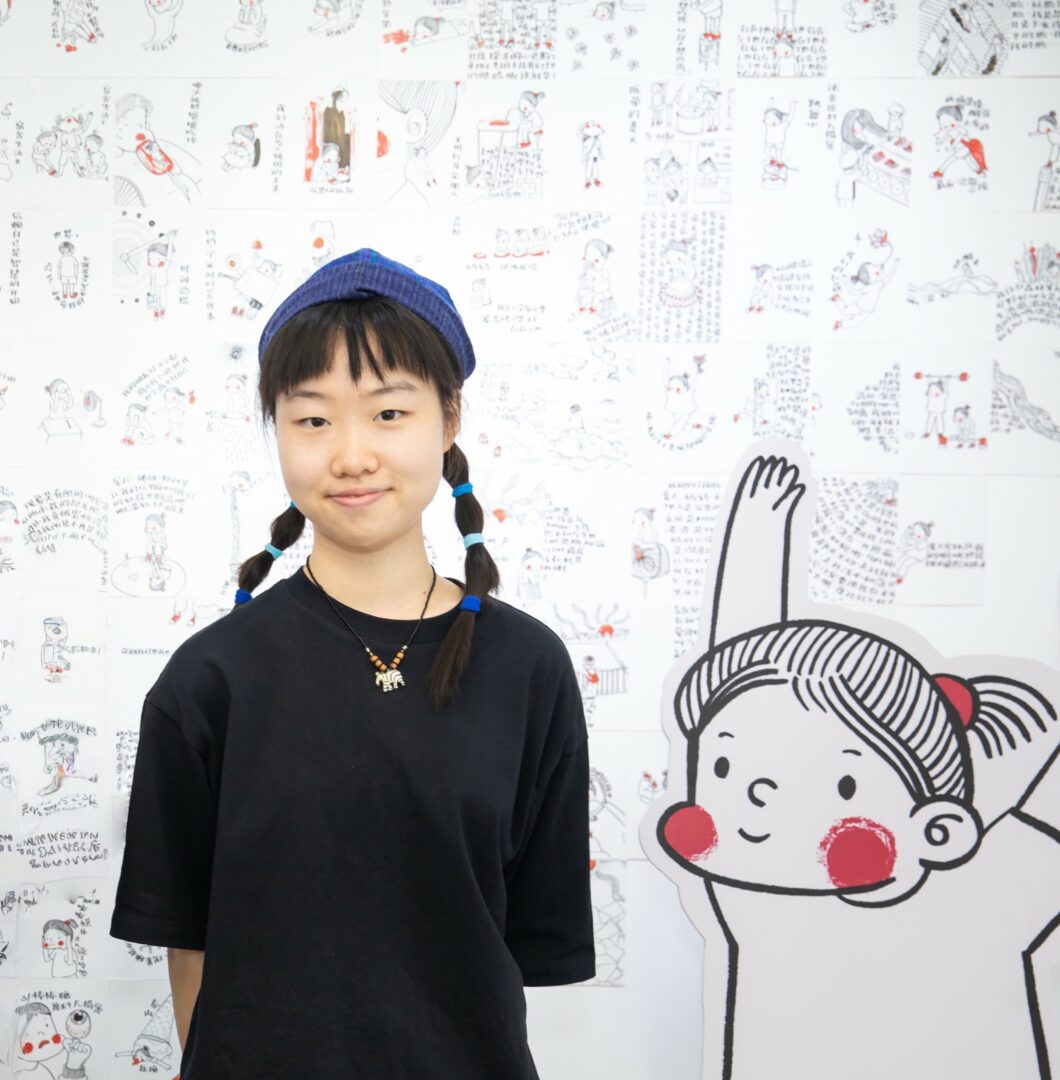We’re excited to introduce you to the always interesting and insightful Emily Xinya Wang. We hope you’ll enjoy our conversation with Emily Xinya below.
Emily Xinya, appreciate you making time for us and sharing your wisdom with the community. So many of us go through similar pain points throughout our journeys and so hearing about how others overcame obstacles can be helpful. One of those struggles is keeping creativity alive despite all the stresses, challenges and problems we might be dealing with. How do you keep your creativity alive?
I find myself often getting inspired by certain things. Poetry, childhood memories, hometown, and a sense of bittersweet. These are things that I was interested in when I was a child, and it seems like a persistent element that keeps me producing artworks, whether it is visual arts or writing. I enjoy sparkles of inspiration that rush into my mind, but this is certainly not the only thing that I rely on to keep my creativity alive. To make the eyes, brain, and hands constantly work together is very important, even more than something called genius, which is often overrated.
Another key aspect of my art career is that I always change the visual or narrative language to tell my story. When it comes to visual arts, you can think of the medium I am working with, the style, or the color palette. I always try to find the best language that fits my narrative goals, and I will try a few at the same time. My language evolves roughly every year. This also applies to writings. I find it most comfortable to work on short poems that have a strong sense of storytelling for now.
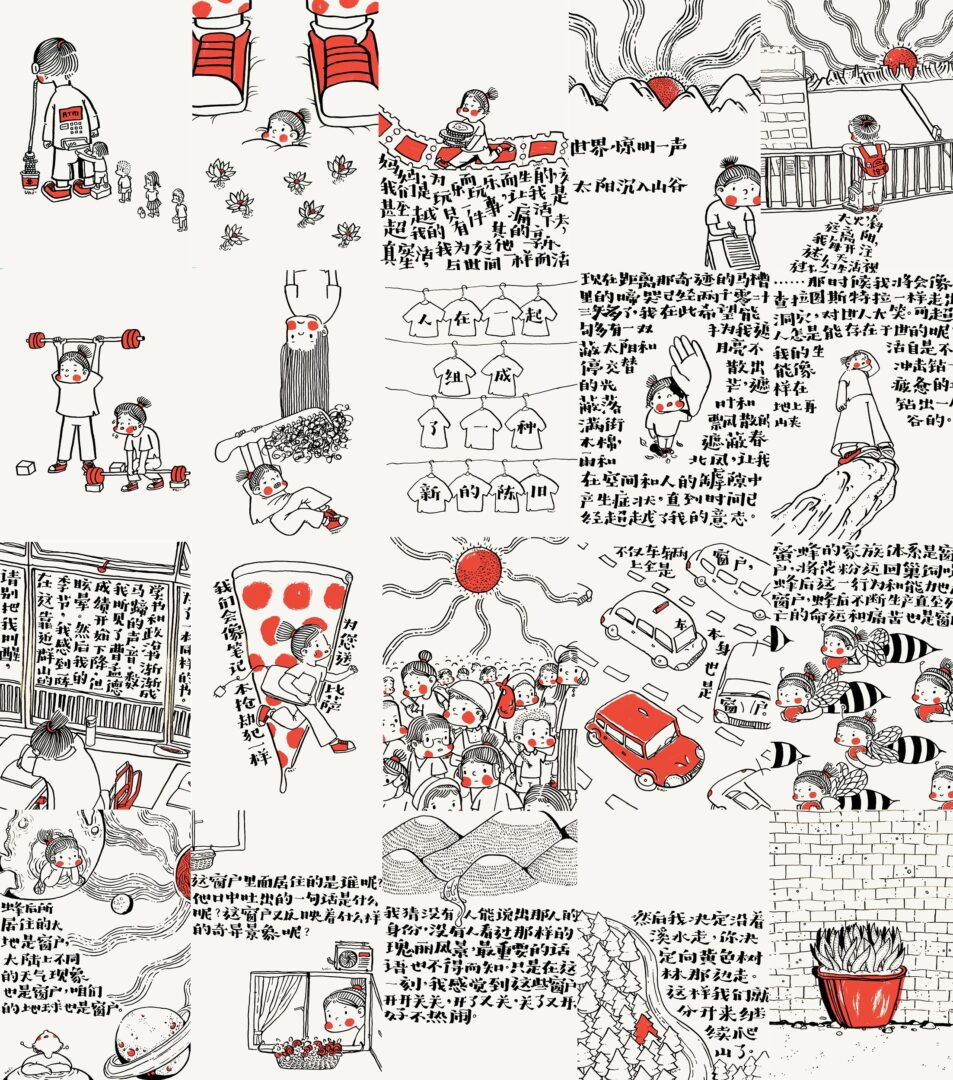
Let’s take a small detour – maybe you can share a bit about yourself before we dive back into some of the other questions we had for you?
I am a person who finds life bearable only when sleeping and facing a piece of paper — whether it is a book, a sketchpad, or a draft of my writing. It seems neither of them will give me a tremendous materialistic wealth, but I am the stubborn one, as scientists have found out that every child has a phase that has an expressive urge to draw. This phase will pass for most kids, but some keep drawing, and they become artists. I find myself as one of these kids who refuse to step into a life that does not have drawings.
I am still an art student studying at the School of Visual Arts in New York, majoring in illustration. My solo exhibition, featuring the main art project that I did for over a thousand pieces of illustration until today, the uni-girl series, was held in 2022. I am a full-time art student and a part-time person who writes (I dare not to say I am a poet).
This year, my works are mainly graphic memoir-themed zines. I was fascinated by this little booklet format, and how powerful it conveys messages, way stronger than a single drawing, but also more intimate — it needs to be held in a person’s hand to get read. I love how close it is to the public, which I think has the potential to achieve my artistic goal — art for the people. I am still experimenting with this visual language, and you can see a few of them at my website xinyawang.com.
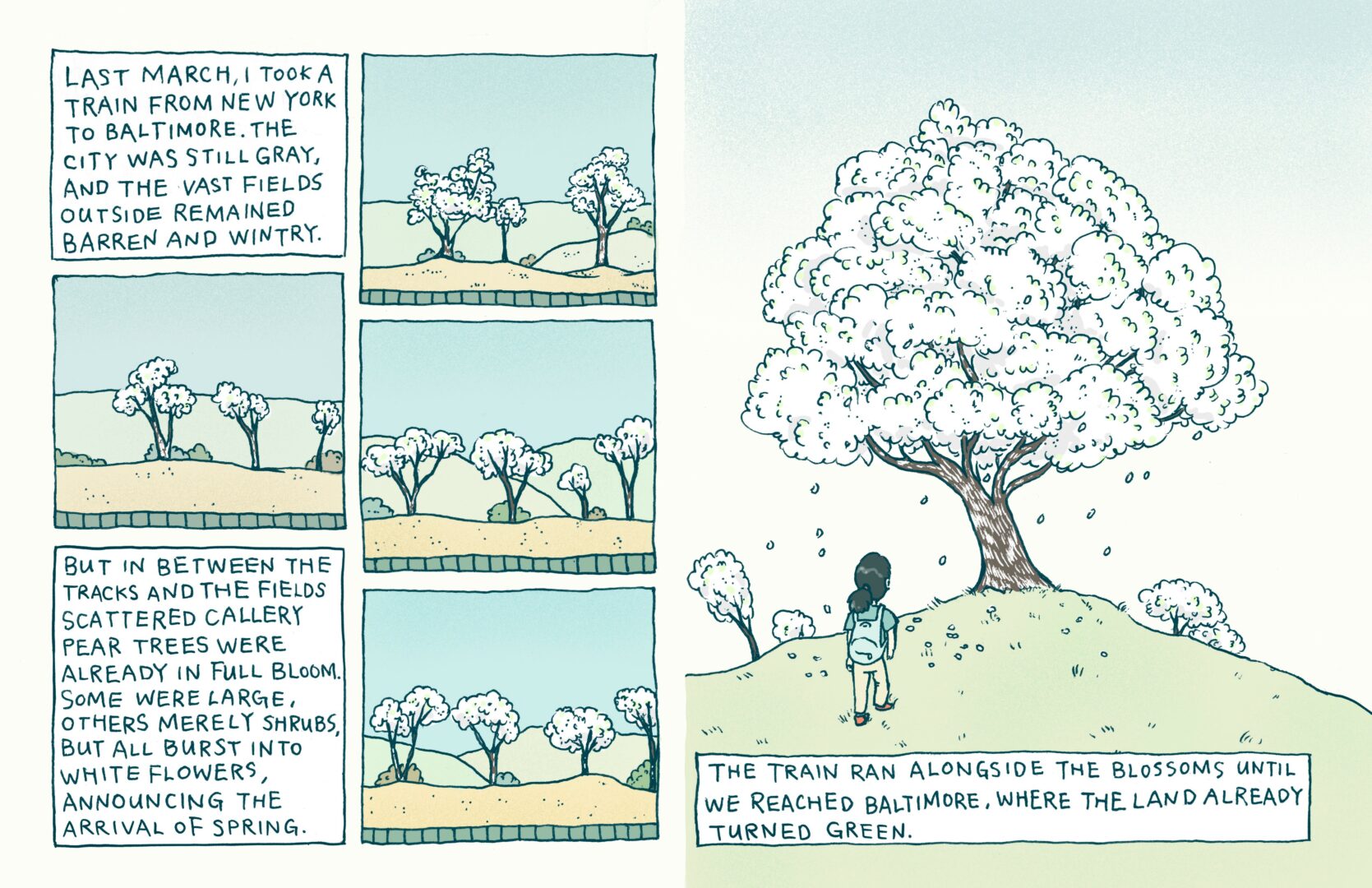
Looking back, what do you think were the three qualities, skills, or areas of knowledge that were most impactful in your journey? What advice do you have for folks who are early in their journey in terms of how they can best develop or improve on these?
Always look at what you are interested in. The thing you care about more than anything else has magic. It is not about the thing; it is about you. For example, you like to draw horses. You practice drawing it every day. You will draw horses better than anybody else on earth. Your horses will be forever yours, and it will make other people start to care as well.
Hard work is more important than gifts. Some people think gifts don’t exist, but I believe if you choose a career to be an artist, you are definitely gifted. Hard work and everyday practice can make you survive among your fellows. Do you know that only 95% of art school graduates stopped drawing within 2 years of graduation? Keep drawing, and you will be in the 5%. I believe a 5% is already a standard of success.
Eat rejection as breakfast. This is something you will face as a creative professional a lot. Some of the most important writers in human history got rejected by The New Yorker a few dozen times, but they didn’t give up. I am sure there are people more talented than them, but they gave up in the first place, and never made their works get seen. Which person do you want to be? I am personally grateful for any results of my submissions, and I feel like if you do it 10 times, there is going to be at least 1 success. That is not too bad. Just keep trying. That lesson was taught to me by New York City when I was fighting for my medical bills.

Is there a particular challenge you are currently facing?
I sleep too much. I don’t know how to sleep less, so I sleep more.
Contact Info:
- Website: https://xinyawang.com
- Instagram: xinyawang.art
- Other: Rednote (Xiaohongshu): mnfvo
Email: [email protected]
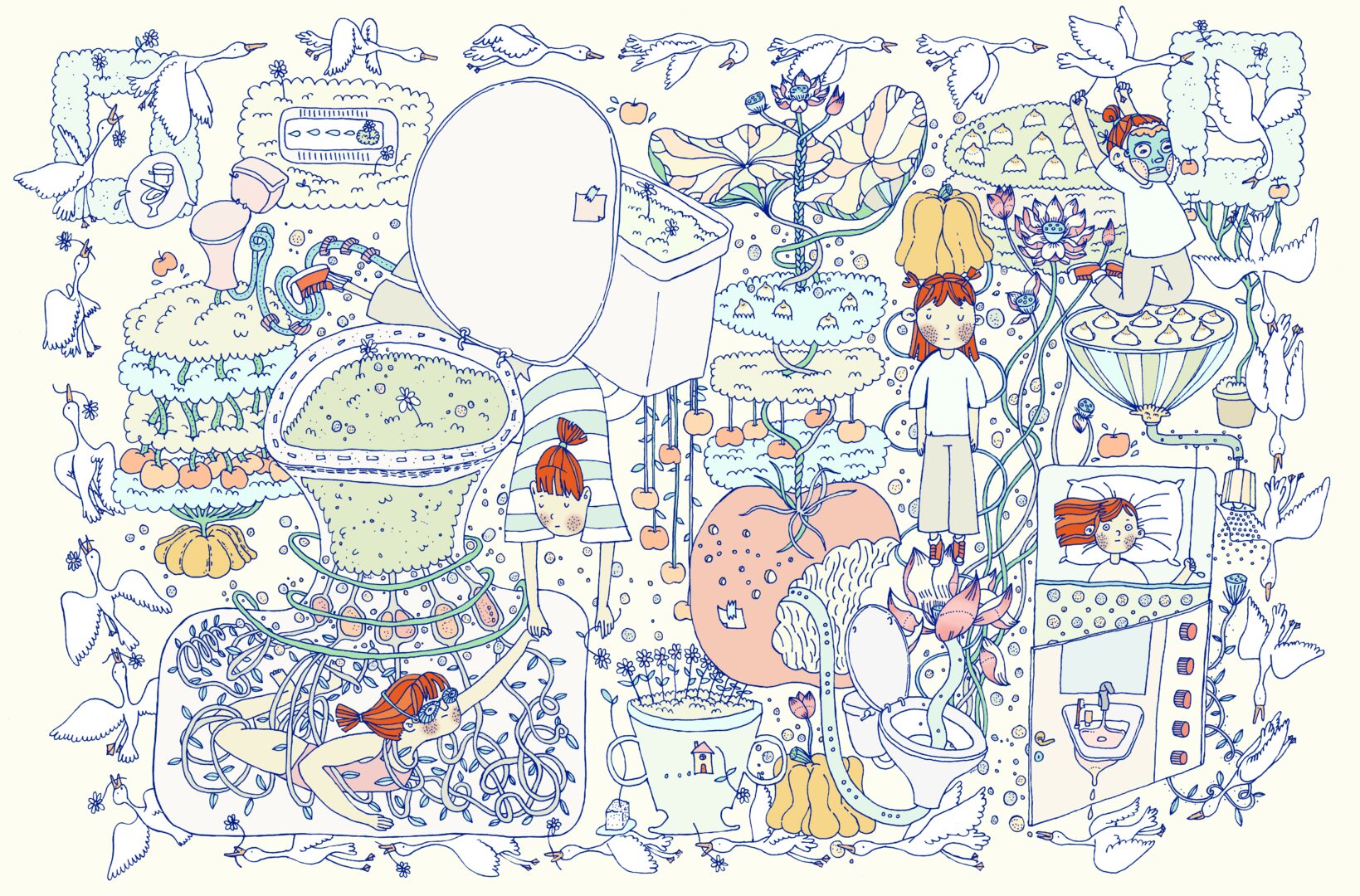
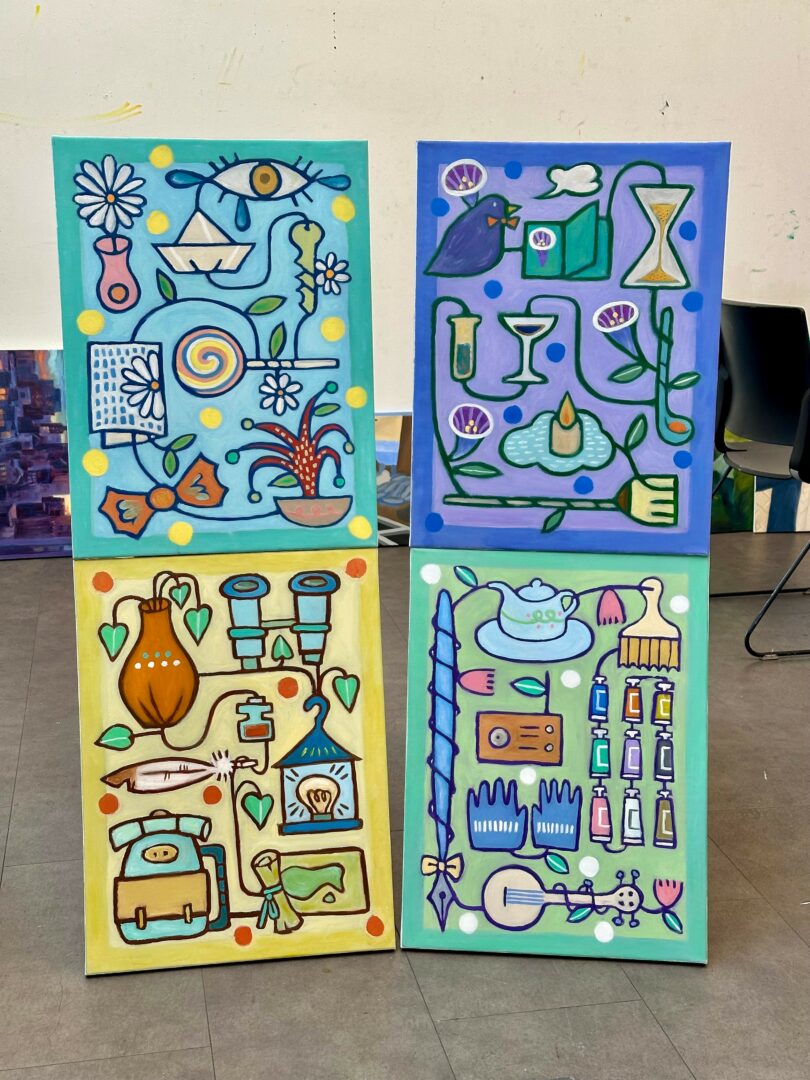
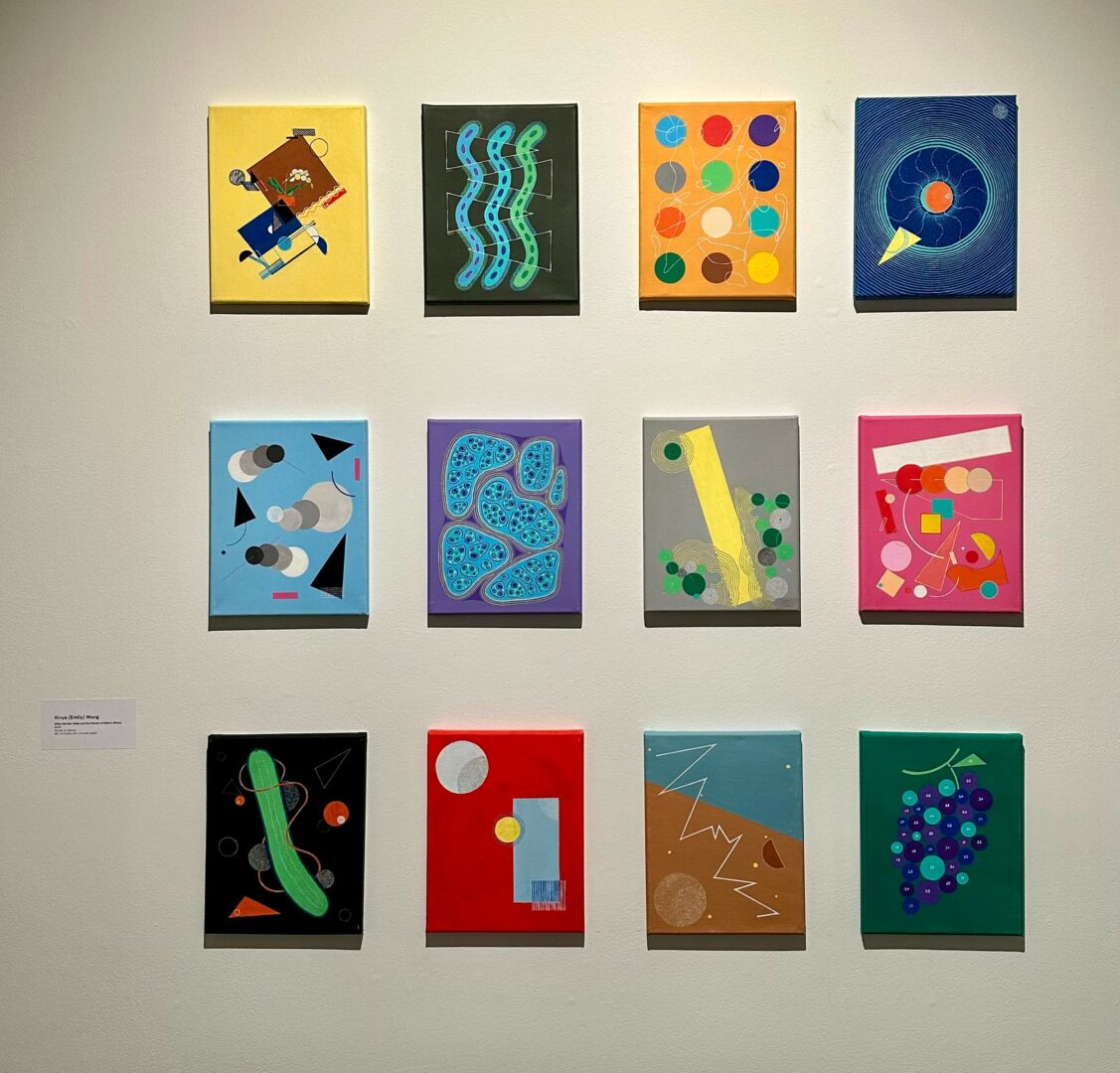
so if you or someone you know deserves recognition please let us know here.

